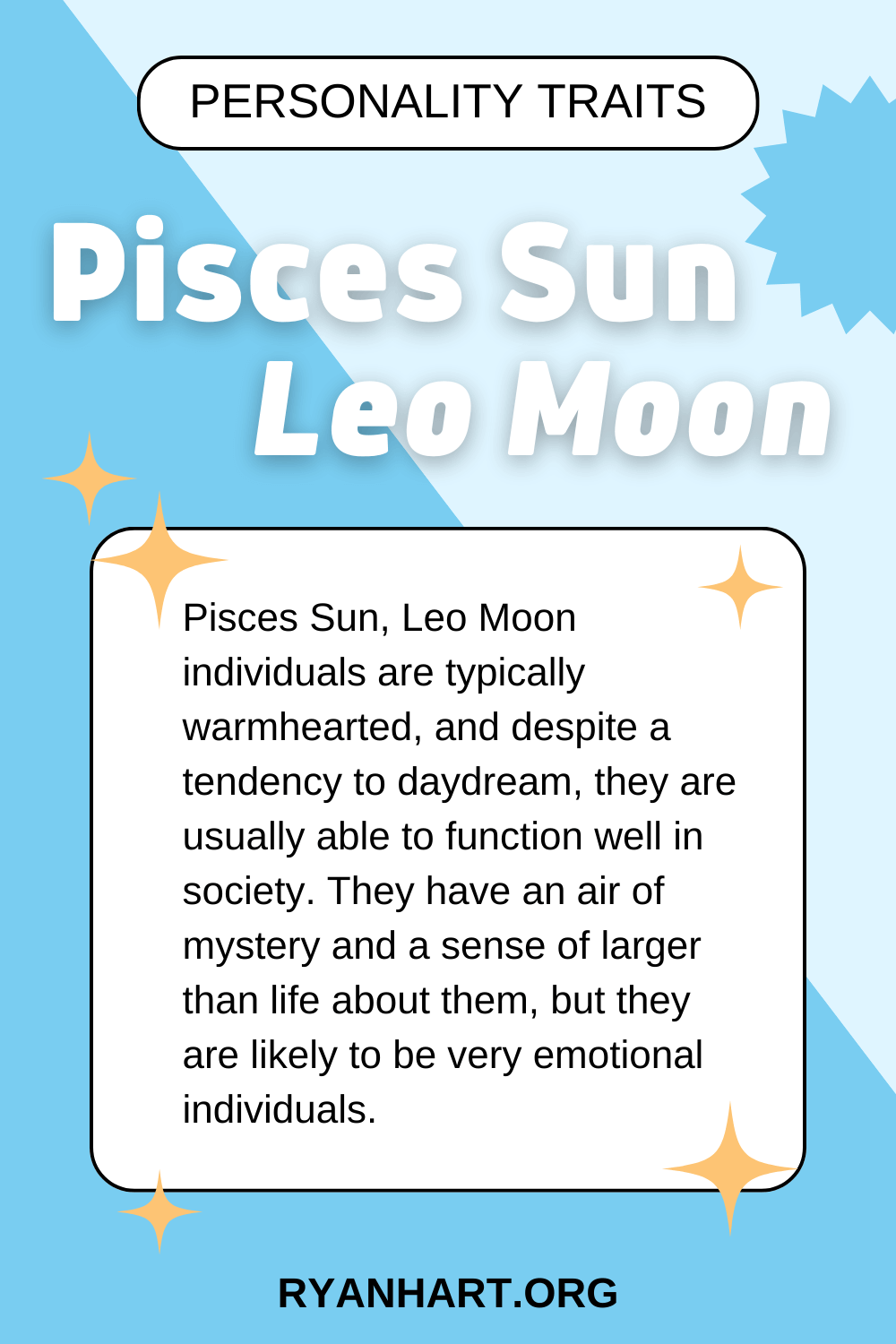So, the other day I had this idea to mess around with tracking celestial bodies, you know, like the Sun and the Moon. I was thinking, what if I could use some kind of tech to do this? Not just for kicks, but maybe to learn something new. I got this app on my phone that shows the astrological signs and stuff, and it got me curious.

I started digging around and found this thing called PISCES-2B. It’s some kind of a simulator, a device-level simulator to be exact. Sounds fancy, right? I thought, maybe this is something I can use. The info I found was all about energy balance and boundary conditions, which, if I’m honest, sounded like a bunch of gibberish to me at first.
I decided to give it a shot anyway. I mean, how hard could it be to track the Sun and the Moon? They’re pretty big, right? So, I installed PISCES-2B on my computer and started playing around with it. The first few attempts were… well, let’s just say they weren’t pretty. I was inputting all sorts of random data, hoping for the best, and the results were all over the place.
Then, I remembered those horoscopes I like reading sometimes. I know, I know, they’re not exactly scientific, but hey, they talk about the positions of the Sun, the Moon, and the planets, and that’s what I was trying to track. So, I started using the information from the horoscopes as a guide. You know, things like “Aries, Taurus, Gemini…” and so on. I figured, if they’re already mapping this stuff out, why not use it?
I started plugging in the positions of the Sun and the Moon based on the astrological signs. For example, when my horoscope said the Sun was in Pisces and the Moon was in Leo, I’d input that into PISCES-2B. Slowly but surely, things started to make a bit more sense. The simulator was actually giving me results that seemed to align with what I was seeing in the sky and in my horoscope app.
It wasn’t perfect, of course. There were still a lot of things I didn’t understand. Like, what did “energy balance” really mean in this context? And how do you set up these “boundary conditions” properly? But I kept at it, experimenting with different settings, reading up on some basic astronomy stuff online, and just generally trying to figure things out.
After a while, I started to get the hang of it. I could input the current date and time, and PISCES-2B would show me where the Sun and the Moon were supposed to be. And most of the time, it was pretty accurate! I’d go outside, look up at the sky, and there they were, more or less where the simulator said they’d be.
Here’s a rough outline of what I did:
- Installed PISCES-2B on my computer.
- Used astrological sign information from my horoscope app as input data.
- Experimented with different settings and learned some basic astronomy.
- Started getting accurate results for the positions of the Sun and the Moon.
It was a pretty cool experience, to be honest. I started with practically zero knowledge about this stuff, and through a bit of trial and error, some horoscope reading, and a lot of tinkering, I managed to get a piece of software to track celestial bodies. Who knew?
I’m still not an expert, not by a long shot. But I learned a lot, and I had fun doing it. And who knows, maybe this is just the beginning. Maybe next I’ll try to track all the planets, or figure out what those “boundary conditions” really are. The sky’s the limit, right?








